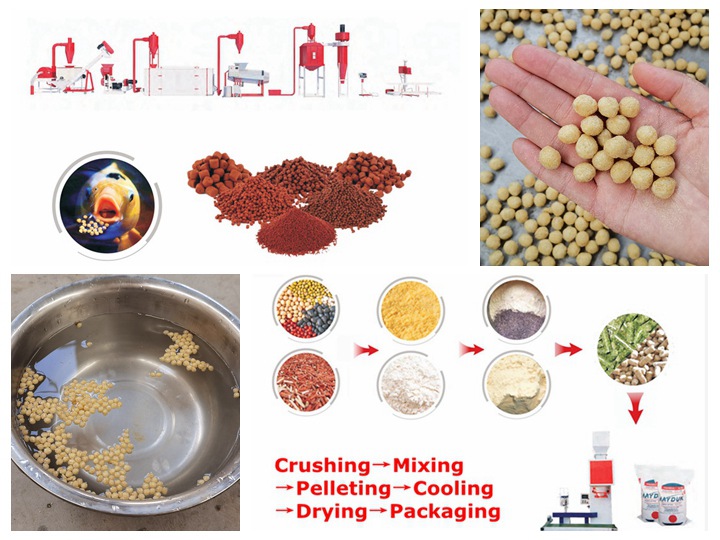.jpg)
Large scale irrigation projects must be subjected to economic costs benefit analysis and judged from a water efficiency and other key development planning priorities (e.g. poverty, food security).

Mar 8, 2018 · More prolific pastures caused by adopting Savory’s methods allowed the Oasis farm in Botswana to more than double its cattle herd on 45,000 acres from 1,900 head to over 4,000. Areas of badly eroded soil on a 6,000-acre ranch called Estancia Nevada, in Chile, became covered in carbon--sequestering vegetation.
.jpg)
Botswana also produced 2348 MT of beans, 145 MT of groundnuts and 78 MT of sunflowers in 2017. Horticulture production is focused in the southeast, with a small annual production valued at $14 million in 2013, primarily consisting of potatoes, tomatoes, cabbage and oranges.
.jpg)
Apr 1, 2011 · The Botswana's market share of pork is estimated at 0.06% of Africa's output and 0.005% of the world's total output (Montsho and Moreki 2012). Pig production (mostly smallscale semi-intensive
.jpg)
Aug 26, 2020 · Livestock plant poisoning is very common in Botswana. Two plants, Dichapetalum cymosum and Pavetta harborii, are especially notorious for causing large-scale mortality in some areas of the country. In 1975, for instance, a D. cymosurn poisoning outbreak killed 210 cattle in east central Botswana. In the same year P. harborii caused large-scale deaths of cattle in the Mochudi area. The losses
.jpg)
reduce, perhaps by half, the amount of grazing available to livestock which utilise the communal water points. If this were to happen, it would be tragic as the overall majority of livestock farmers in Botswana are the small scale producers in such communal areas. For that reason, the animals which use the communal water points, which belong to the
.jpg)
网页poultry feed production plant is fully complete automatic feed pellet production plant for producing poultry feed pellet like chicken feed pellet, hen feed pellet, broiler feed pellet, duck feed pellet, bird feed pellet etc.the chicken feed manufacturing plant has small scale production capacity and large scale production capacity. Due .
.jpg)
Feb 22, 2022 · The livestock sector is a pillar of the global food system and a contributor to poverty reduction, food security and agricultural development. According to the FAO, livestock contributes 40% of the global value of agricultural output and supports the livelihoods and food and nutrition security of almost 1.3 billion people.
.jpg)
Popular livestock kept in Botswana are cattle, goats, sheep, donkeys, and poultry. The cattle population in Botswana is 3.6 million. Of these, 15% is under the commercial farming system, and the remaining 85% falls under the non-commercial farming system of small farms [1]. There are two categories of

Aug 2, 2022 · Botswana consumes about 4,000 tons of fish per year; only 300 tons are produced locally, with the remaining 3,700 tons imported from neighboring countries. Efforts to augment fish production through aquaculture are ongoing and the government is in the process of upgrading its fish hatchery in the eastern part of the country (Mmadinare).
.jpg)
Mar 22, 2019 · The company is a joint undertaking between the De Beers and the government of Botswana. The diamond mining including mining of other minerals and processing employs an estimated 10,000 people. In 2013 the sector contributed 50% of all government revenue.
.jpg)
Oct 9, 2020 · Preventing disease outbreaks and spotting animals in distress are critical in large-scale livestock management, where most animals are raised in close quarters on a regimen that ensures they move easily through a highly automated processing system.
.jpg)
The expansion into the west by the large scale cattle owners gained momentum in the past two decades when, in the Central District of Botswana, ranchers allocated themselves borehole sites without the permission of the Land Board, the only legal body with the authority to allocate
.jpg)
production more expensive. Livestock producers now face public outcries over livestock waste and air pollution, which could drag producers into expensive legal disputes. The manure, traditionally regarded as a nutrient-rich fertilizer, is becoming an expensive burden to the large-scale confinement livestock industry in many countries.
.jpg)
This service assists farmers with the purchase of fodder processors, to build fodder barns, to construct kraals, crushes and loading ramps. This is a package under the Livestock Management and Infrastructure Development-LIMID Programme which is a Government programme aimed at improving livestock management.